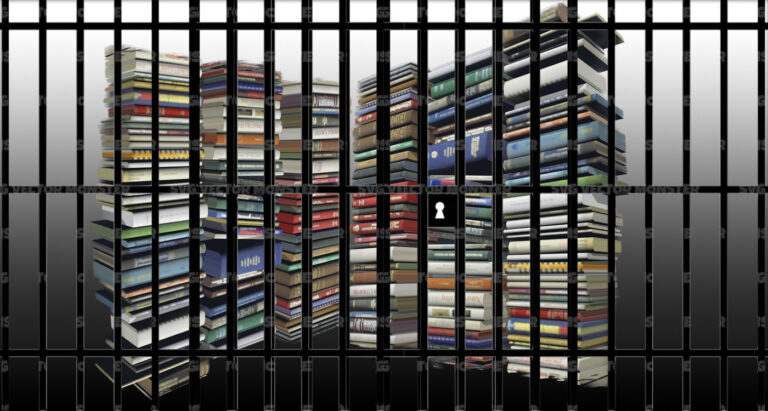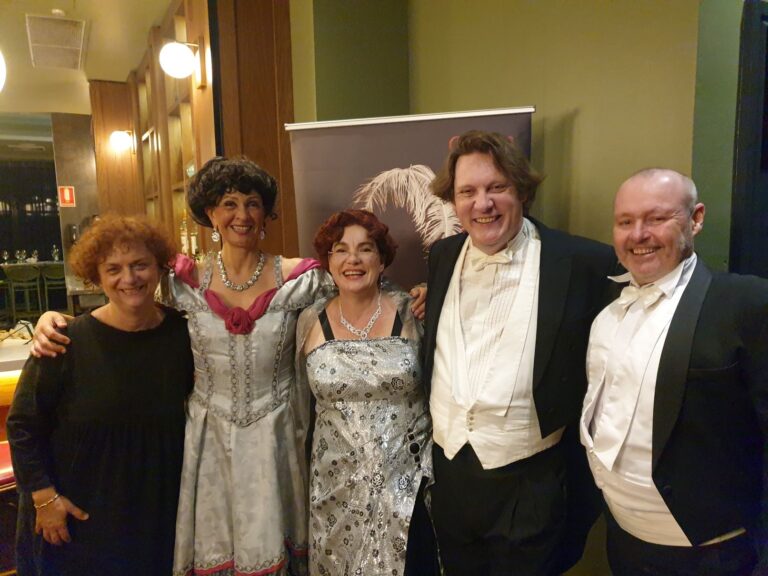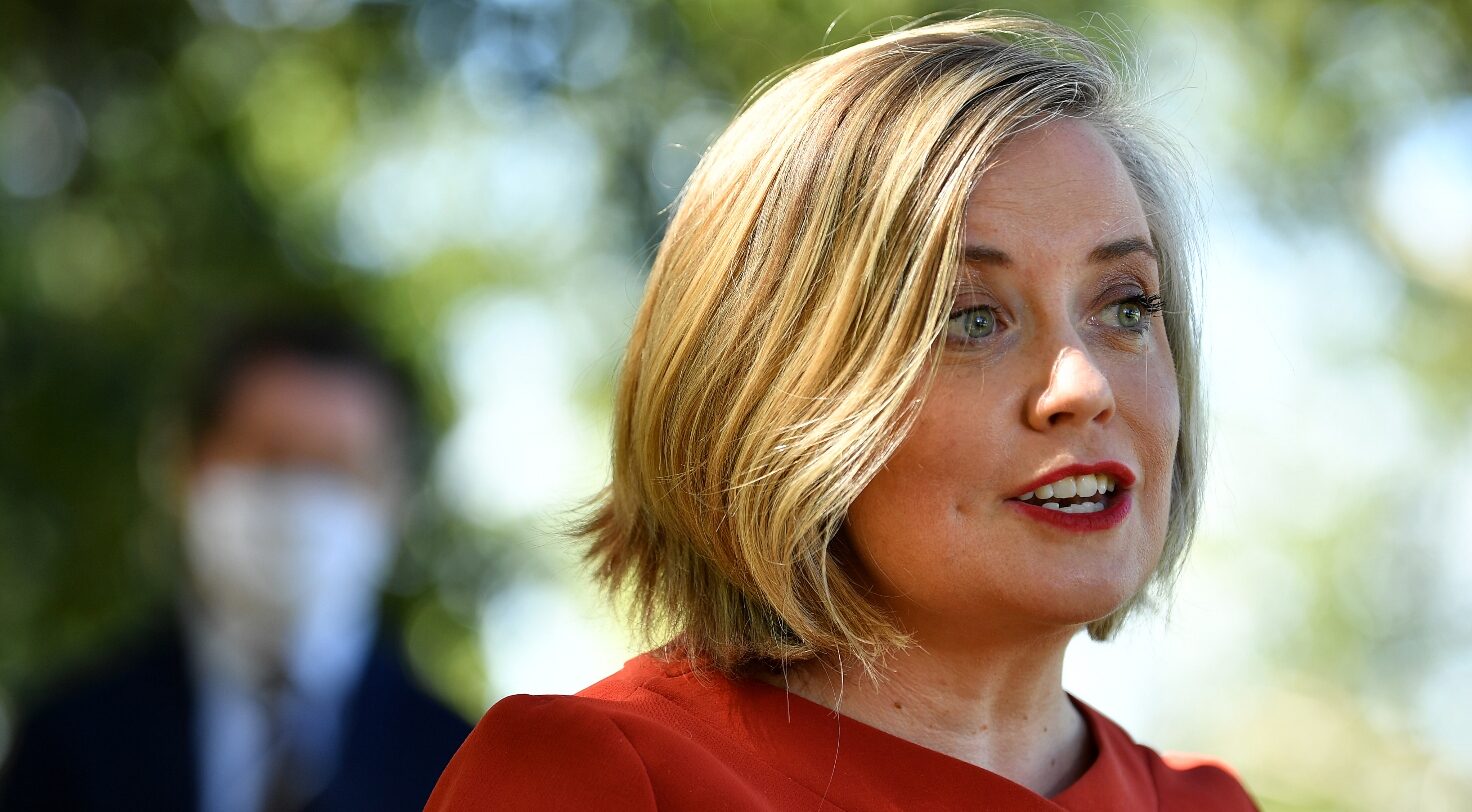
Students sleep out against poverty
A group of Sydney students slept out in Martin Place last Thursday night [24 April] as part of a national protest against student poverty.
Their gripe is with the Federal Government which has overlooked student incomes in its recession-busting cash-splash.
Protester Kathleen Studdert, who is studying Arts at Sydney University, says her situation is not unusual. On top of her studies she works 35 hours a week at two jobs – at a call centre and at a pizza shop where she earns $12 an hour.
Kyle MacGregor, studying English/History teaching at UNSW, commutes from his parents’ place at Narara on the Central Coast every day. That involves a bus to the station, a train to Central and another bus to Uni each day, over two hours each way.
“Even though both my parents are unemployed I couldn’t get Youth Allowance for six months because my parents own their home and their assets were counted,” he said.
But the maximum Youth Allowance of $115 per week still left him in a debt cycle so he had to scale back his studies and take a fulltime job. Half the money went on travel leaving less than $60 per week for textbooks, food, clothing, a laptop, phone and other expenses. He now has Thursday afternoons off and does classes between 2 and 5pm.
Students who move away from home become victims of Sydney’s rental squeeze with a single room in a shared house typically going for $200 a week.
Students are made to jump hoops even to get the Youth Allowance which is $50 per week less than the Dole. To be eligible they must be studying at least three subjects, and either be married, have children, or have parents who earn no more than $32,800 a year, or prove financial independence by living away from home and earning at least $18,850 in 18 months. Youth Allowance is the cut-rate unepmployment benefit for under-20s but students must be 25 before they qualify for the better-paid Austudy.
So most students don’t qualify and even those who do face a 50% cut if they earn more than $118 per week.
Mathew Gilliland, NSW Welfare Officer of the National Union of Students (NUS), said one in eight students regularly miss meals because they simply couldn’t afford them.
“Student associations at UTS, UNSW and Sydney Uni have been forced to provide free meals to students,” he said.
“The full Youth Allowance plus Rent Assistance is only 56.3% of the Henderson Poverty Line. One in two students experience financial stress and one in four are forced to work, to the detriment of their studies.”
Education Minister Julia Gillard in late 2008 received the Bradley Review into Higher Education. It recommended a politically unpopular voucher system as part of a $7 billion spend to increase the number of graduates. It proposed a deregulated demand-driven model for place allocation at universities. Ms Gillard’s department said it will respond in the coming Budget and that matters of student financial assistance will be included.
Mathew Gilliland thinks the Bradley Review’s approach will be a disaster.
“The demand-driven model will see smaller and less popular, but fundamentally important subjects and courses, like Nursing, Gender Studies and Education disappear. Rural and regional universities will suffer enormously, and there will be a two-tier university system in Australia,” he said.
David Barrow, President of the NUS, agrees.
“The deregulation of places is terrible for students. Australia has a skills shortage. The government is shifting the responsibility of fixing the shortage onto students”, he said.
“How will students know what industries will have a glut or shortage in six or seven years down the track? Only the government with its access to all the federal data can set the appropriate intake numbers across the spectrum of universities.”









